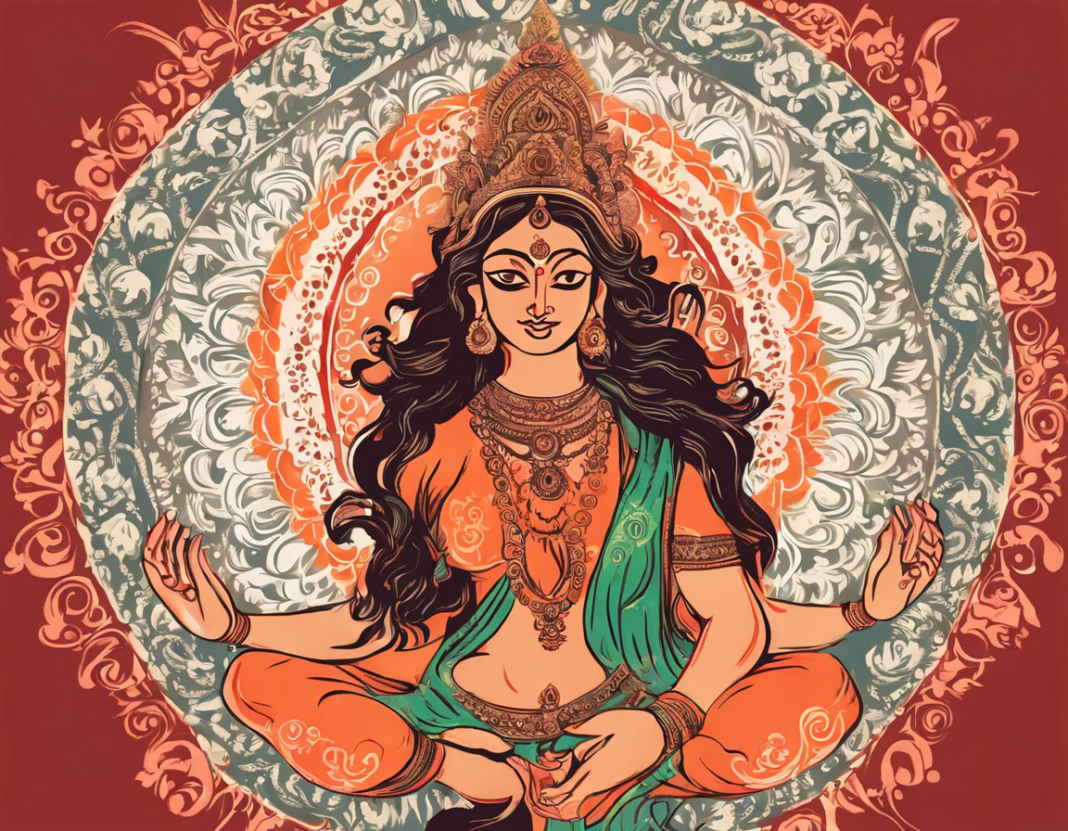The Durga Chalisa is a sacred hymn dedicated to Goddess Durga, a symbol of power, strength, and protection in Hindu mythology. Composed of 40 verses, the chalisa is recited by devotees to seek the blessings and grace of the divine mother.
Understanding Goddess Durga
Goddess Durga, also known as the Divine Mother, is revered for her fierce form that symbolizes the destruction of evil forces and protection of the righteous. She is depicted with multiple arms, each holding a symbolic weapon to combat negativity and ignorance. Worshipping Goddess Durga is believed to bring courage, strength, and prosperity to the devotee’s life.
Origins of the Durga Chalisa
The Durga Chalisa traces its origins to ancient scriptures and is a condensed version of the Durga Saptashati, a revered text that narrates the tales of Goddess Durga’s victories over demons. Composed in Awadhi language, the chalisa is sung or recited by devotees with devotion and reverence.
Benefits of Chanting the Durga Chalisa
-
Protection and Strength: Regular recitation of the Durga Chalisa is believed to invoke the goddess’s blessings for protection from negativity and obstacles.
-
Removal of Obstacles: Devotees often turn to Goddess Durga for help in overcoming challenges and seeking guidance on their spiritual path.
-
Fulfillment of Desires: The hymn is said to fulfill the devotee’s wishes and bring peace and prosperity to their lives.
How to Worship with the Durga Chalisa
-
Begin with a Pure Heart: Before starting the recitation, cleanse your mind and body and set a pure intention to seek the goddess’s blessings.
-
Light a Lamp: Light a lamp using ghee or oil in front of the image or idol of Goddess Durga as a symbol of enlightenment and dispelling darkness.
-
Offer Flowers and Incense: Offer fresh flowers, incense sticks, and fruits as a token of devotion and as a way to please the divine mother.
Significance of Key Verses
-
“Nikunj Yogini Jyot Swaroopa”: This verse describes Goddess Durga’s radiant and divine form, signifying her celestial beauty and power.
-
“Param Shakti Shruti Gyan Swaroopa”: The verse highlights Durga as the embodiment of supreme knowledge and wisdom, guiding devotees on the right path.
Frequently Asked Questions (FAQs)
-
What is the best time to recite the Durga Chalisa?
Answer: The chalisa can be recited at any time of the day, but mornings and evenings are considered auspicious. -
Can men also recite the Durga Chalisa?
Answer: Yes, the chalisa can be recited by anyone seeking the goddess’s blessings, irrespective of gender. -
How many times should one recite the Durga Chalisa for maximum benefits?
Answer: While there is no fixed number, devout followers often recite it 11, 21, or 108 times for enhanced spiritual benefits. -
Can the Durga Chalisa be recited on behalf of someone else?
Answer: Yes, one can recite the chalisa for the well-being and protection of loved ones in times of need. -
Is there a specific dress code to follow while reciting the Durga Chalisa?
Answer: While there is no strict dress code, wearing clean and modest attire is recommended as a sign of respect and devotion.
In conclusion, the Durga Chalisa is a powerful hymn that connects devotees with the divine energy of Goddess Durga. Through recitation and worship, followers seek protection, strength, and guidance in their spiritual journey, finding solace in the goddess’s benevolent presence. Embracing the practice of chanting the Durga Chalisa can bring peace, prosperity, and divine blessings into one’s life.
